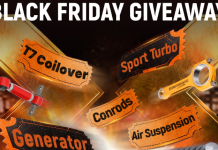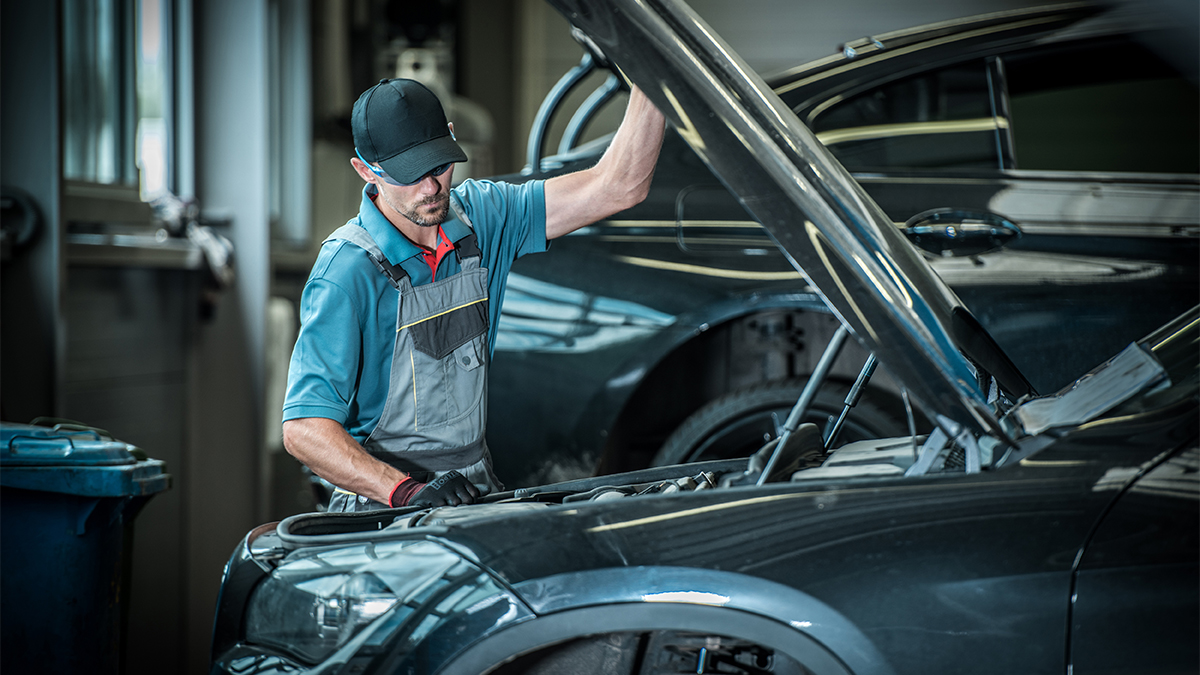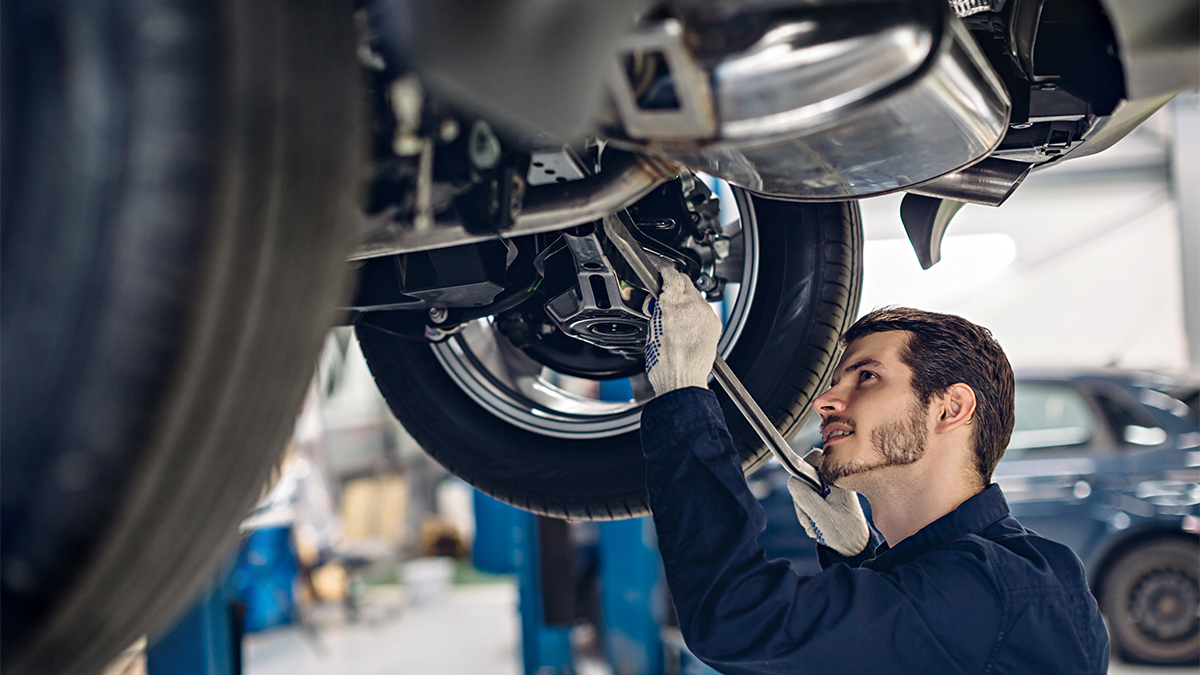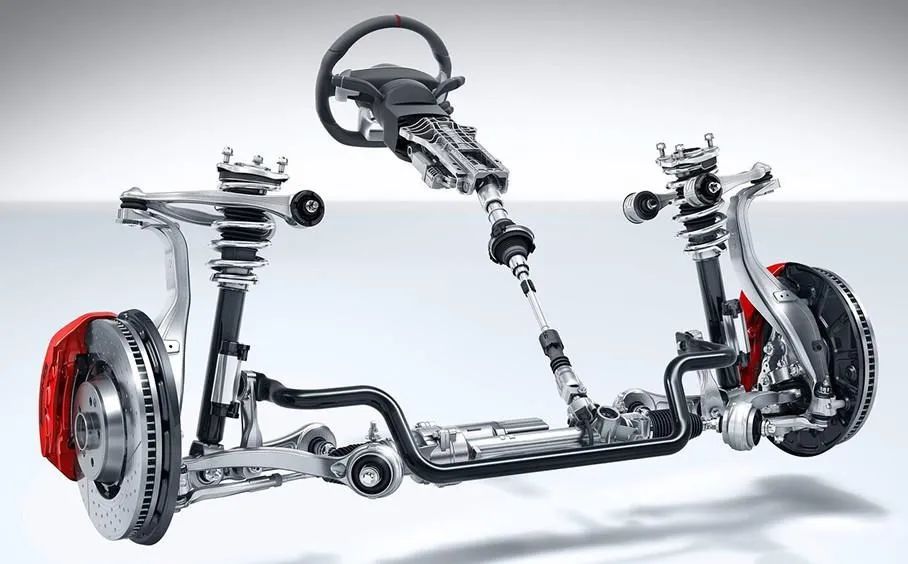Installing a turbocharger can significantly enhance your vehicle’s performance, but it may also introduce some potential issues. Here’s a guide to understanding these common problems and their solutions.
Oil Sealing Problems
One of the most common issues with turbochargers is oil leakage. This can occur due to poor sealing, overfilled lubrication oil, blocked oil return paths, incorrect installation, or damaged sealing rings. For instance, aging O-rings on the compressor side can lead to leaks and should be replaced. Overfilled oil can cause high pressure, leading to leaks, so maintaining the correct oil level is crucial.
Symptoms like high oil consumption without noticeable changes in exhaust color or engine power often point to oil leaks. To address this, check for external oil leaks in the turbocharger’s inlet and return lines. Inspecting the turbocharger’s exhaust outlet for oil can also indicate a need to replace the turbine end sealing ring. High oil consumption accompanied by blue smoke from the exhaust, without a loss in power, suggests that oil is leaking from the compressor end and entering the combustion chamber. Ensuring the oil return line is clear and replacing the compressor end sealing ring or oil ring can resolve this issue.
Noise Issues
Turbochargers can sometimes produce unusual noises. Metal friction noises often indicate worn rotor or thrust bearings, causing the impeller to rub against the turbocharger housing. Replacing these worn parts can eliminate the noise. On the other hand, airflow noises usually result from high-speed rotor rotation or poorly connected intake and exhaust interfaces, causing leaks. Properly securing these connections can help reduce such noises.
Shaft Play
Excessive shaft play, where the impeller blades have too much clearance, can also be a concern. This often results from inadequate lubrication. Ensuring sufficient oil for proper lubrication can minimize shaft play and prevent further issues.
Smoke Issues
Different types of smoke from the exhaust can indicate various turbocharger problems. Blue or black smoke typically points to bearing issues, which can be resolved by replacing the cartridge. White smoke, however, suggests that the impeller blades have excessive clearance, leading to incomplete fuel combustion. Addressing this clearance issue can ensure proper combustion and reduce white smoke.
Boost Pressure Problems
Turbochargers can sometimes produce either too much boost (overboost) or insufficient boost. Overboost usually occurs when the exhaust valve fails to open or when there is a sensor malfunction. Checking and fixing these components can regulate boost pressure effectively. Conversely, low pressure or no boost often results from air leaks or blocked coolers restricting air injection. Ensuring the intake paths are clear and adjusting the turbocharger pressure settings can resolve this issue.
By understanding these potential issues and their solutions, you can ensure your turbocharger operates effectively and maintain your vehicle’s performance. If you encounter any problems with your Maxpeedingrods turbocharger during installation or use, please feel free to contact us at (1) 213-459-3517.









